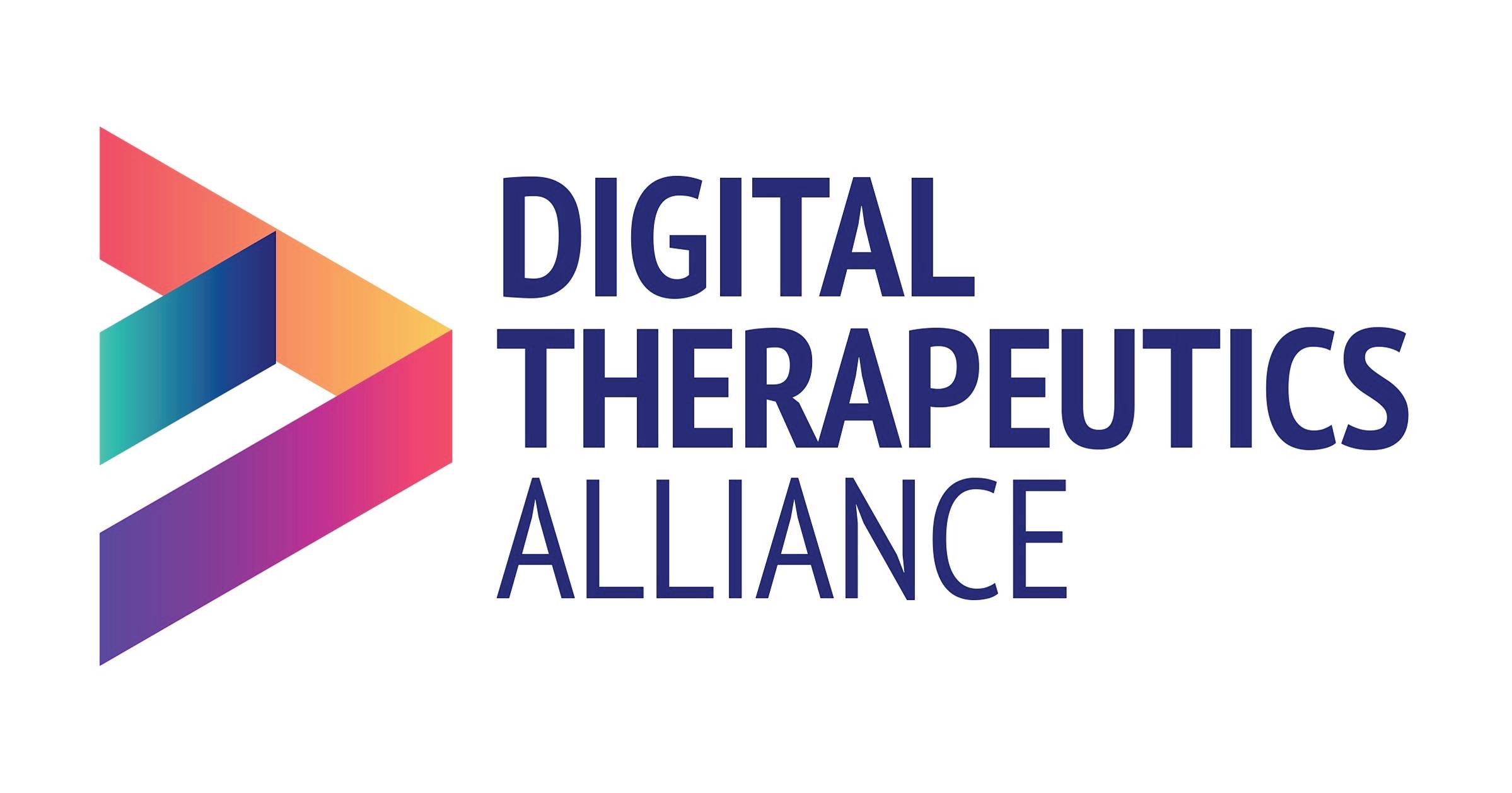
3 minute read
FUNDING AND INVESTMENT Investors
Data from 2021 compared to 2020 show a lower perception of confidence in local investors having the know-how to adequately support respondent’s company, and increased confidence in international investors having the know-how.
Do you feel that local investors have the knowledge, skills and ability to adequately support your company?
Advertisement
Do you feel that international investors have the knowledge, skills and ability to adequately support your company?
Rapid innovation has driven significant changes to software function and adoption, giving rise to a larger number of digital therapeutic products able to inform, drive or replace clinical decisions, or directly provide therapy to an individual.
These rapid advances in computing technology and software production have led to a large increase in the number of software-based medical devices available on the market.
Digital health companies are obligated to provide robust clinical evidence on efficacy and safety, verified by an independent regulator, to substantiate the claims they make about the impact of their products and services.
In February 2021 Australia's regulatory authority for therapeutic goods, the Therapeutic Goods Administration, released Software as a Medical Device (SaMD) Guidelines which marked a coming of age for the digital health industry. A strong regulatory environment fosters innovation domestically and increases the availability of products that benefit the health of Australians, whilst providing the right level of regulatory rigour for safety, quality and efficacy.
50% of companies indicated that the guidance provided by the TGA, with respect to the regulation of SaMD, has provided greater certainty of regulatory pathways for their business. While 17% did not know if SaMD has increased clarity, 16% did not think it was relevant to their technology.
Trends in Levels of Confidence in Navigating Critical Areas of Regulation
Overall, the vast majority of respondents demonstrated some level of confidence in strategically navigating different aspects of regulation, though the level of confidence was distributed. This confidence had increased since last year’s survey. Note that not all who felt confident in navigating regulations agreed that the SaMD guidance offered greater certainty.
Levels of confidence in navigating regulations in major overseas markets, however, reduced to 47% in 2021 from 63% in 2020, and 13% felt not confident at all compared to under 5% in 2020.
Digital health regulation in Australia
Digital health regulation in major markets overseas
Completely confident Fairly confident Slightly confident Not confident at all Not sure
ANDHealth Industry Sentiment Survey 2020 | n=53 respondents
ANDHealth Industry Sentiment Survey 2021 | n=60 respondents
Completely confident Fairly confident Slightly confident Not confident at all Not sure
ANDHealth Industry Sentiment Survey 2020 | n=52 respondents ANDHealth Industry Sentiment Survey 2021 | n=60 respondents
Access to Skilled Regulatory Consultants
Only 5% of companies did not consider regulatory consultants relevant to their business.
59% felt they had some level of access to skilled consultants to assist with their regulatory strategy, and of these at least 22% felt there was ready access.
8% felt they had little or no access to skilled regulatory consultants. 18% were not sure.
Are you able to readily access skilled regulatory consultants to assist you with your regulatory strategy?
Reimbursement for Growth
To fully realise the health and economic benefits inherent in evidence-based digital health, new models or evolution of reimbursement frameworks need to be considered in Australia. Clearer pathways to reimbursement will create a stronger environment for commercialisation and improve the health of more Australians by making world class digital health products accessible.
Most companies (79%) agreed/strongly agreed that a reimbursement pathway for digital health technology would significantly accelerate the growth of their business.
During the COVID pandemic, reimbursement of telehealth was a major step forward in accelerating the uptake of remote patient management. While telehealth provides critical infrastructure, digital health incorporates substantially more and varied solutions than telehealth.
This is reflected in our survey in which 47% of companies said telehealth reimbursement had no impact at all on their business, and 33% did not consider telehealth relevant to their technology.
Relevant reimbursement pathways for digital health technologies are essential to support the prevention, diagnoses and treatment of health conditions via digital medicine and digital therapeutics technologies.
on respondent’s
Companies agree that a reimbursement pathway would accelerate the growth of their business but the catalyst is not telehealth.
Access to Skilled Reimbursement Consultants
31% of companies felt they could access skilled reimbursement consultants in Australia to some degree; 21% felt that they had little or no ready access to skilled consultants in Australia.
Access to overseas consultants varied across overseas markets: US was perceived to offer higher access to skilled consultants (29%), followed by the UK, the rest of Europe then Asia Pacific international markets
The not applicable and not sure responses were high for this question, collectively 46% for Australia, 51% for US and > 60% for the other markets.




